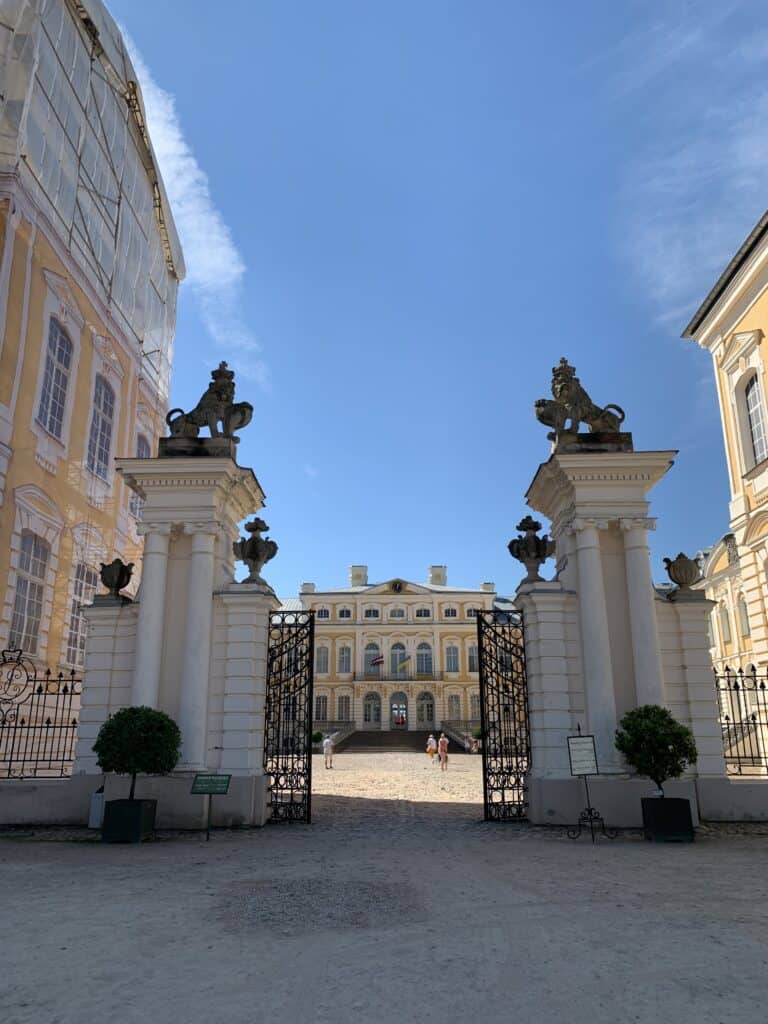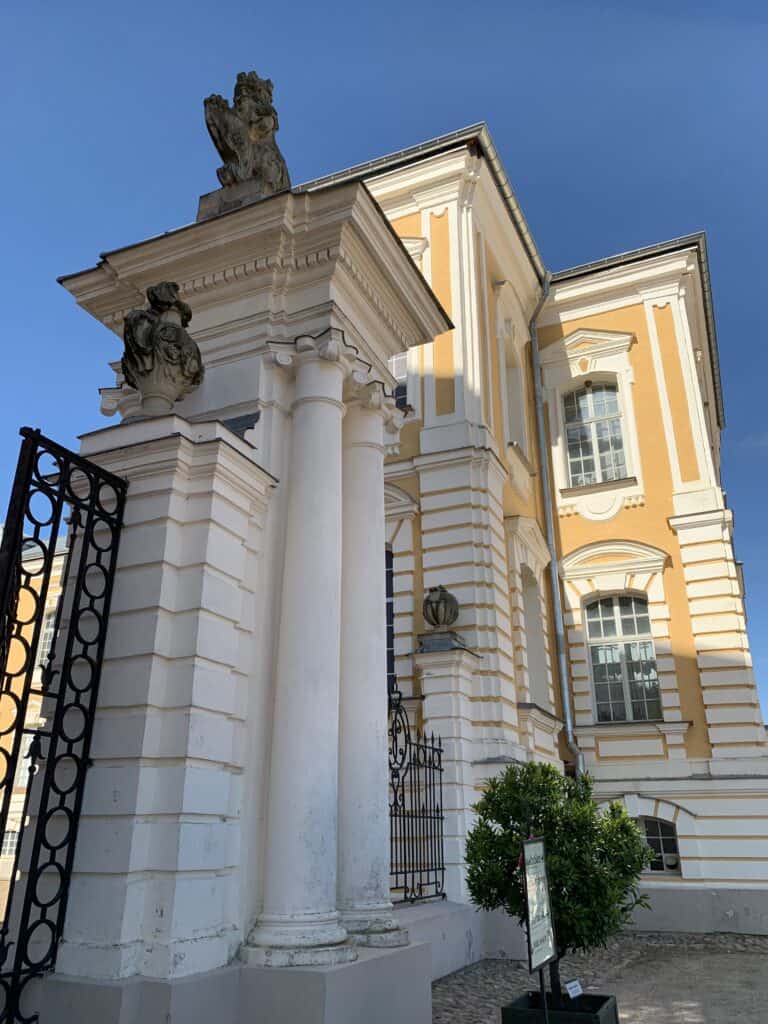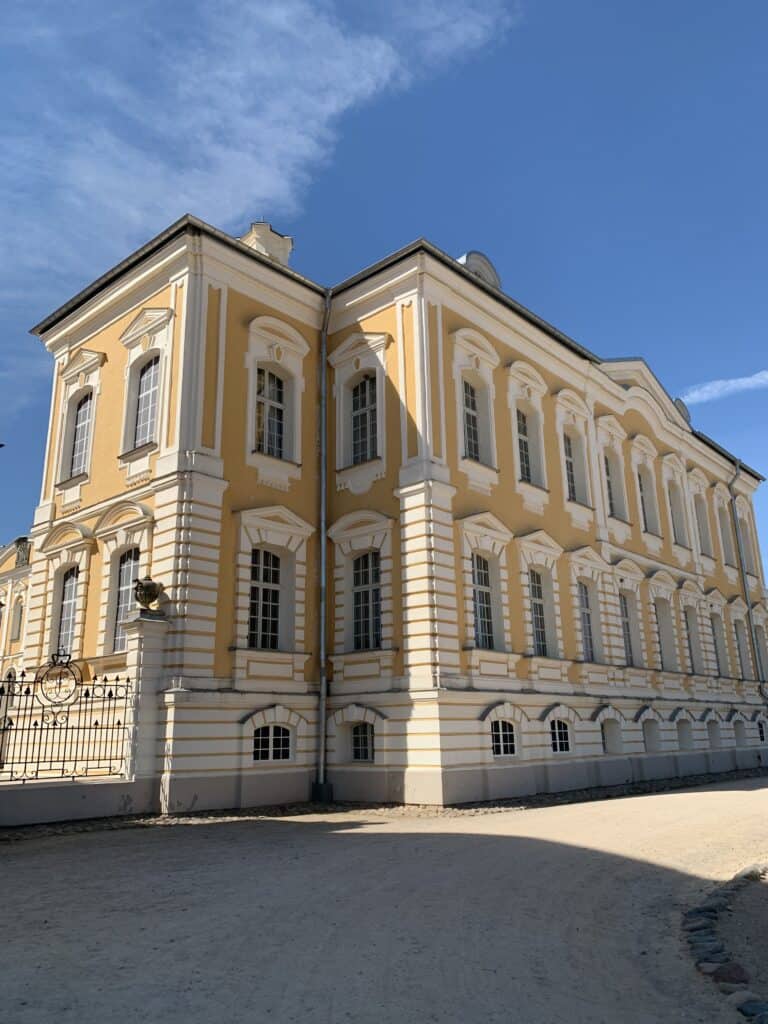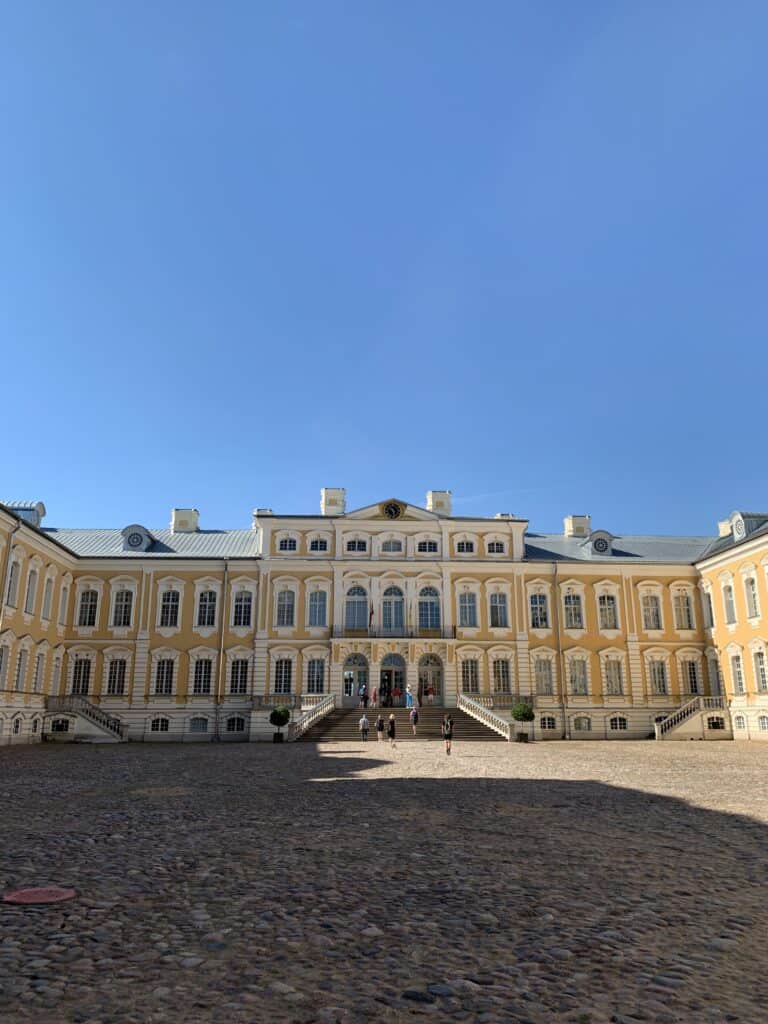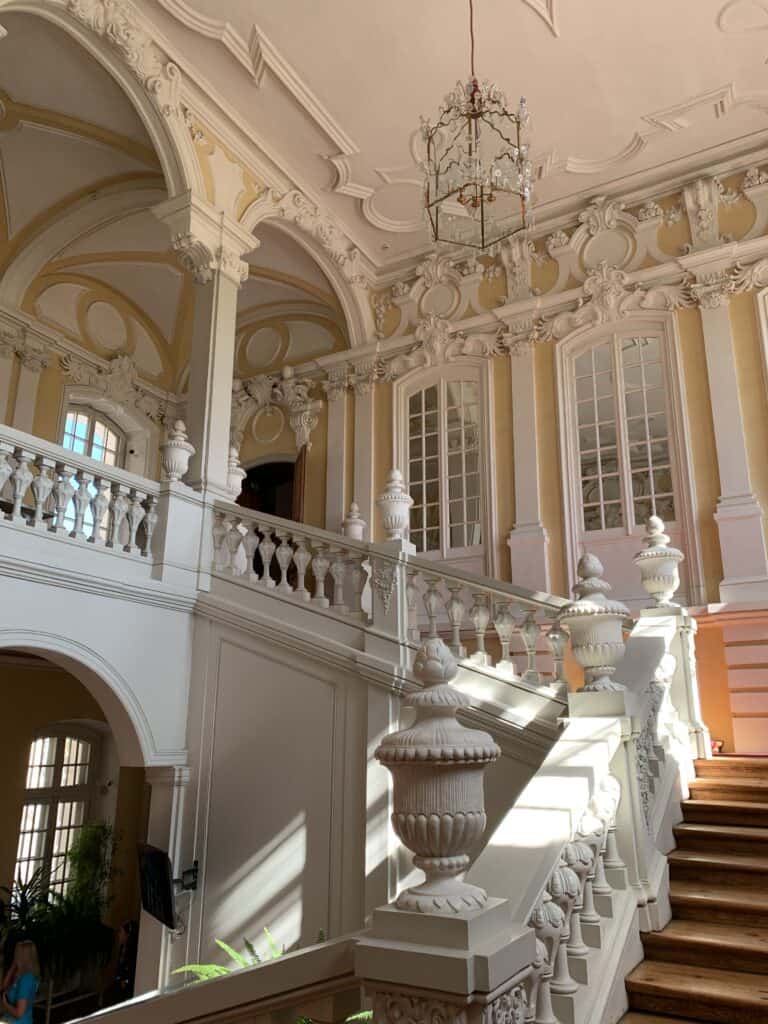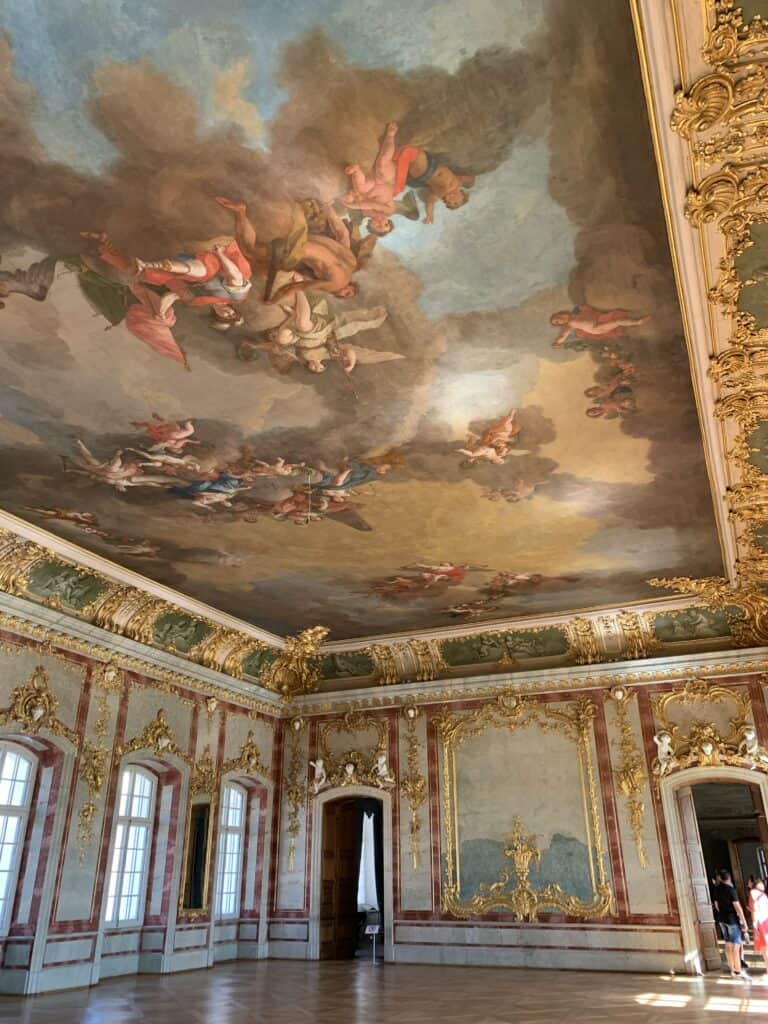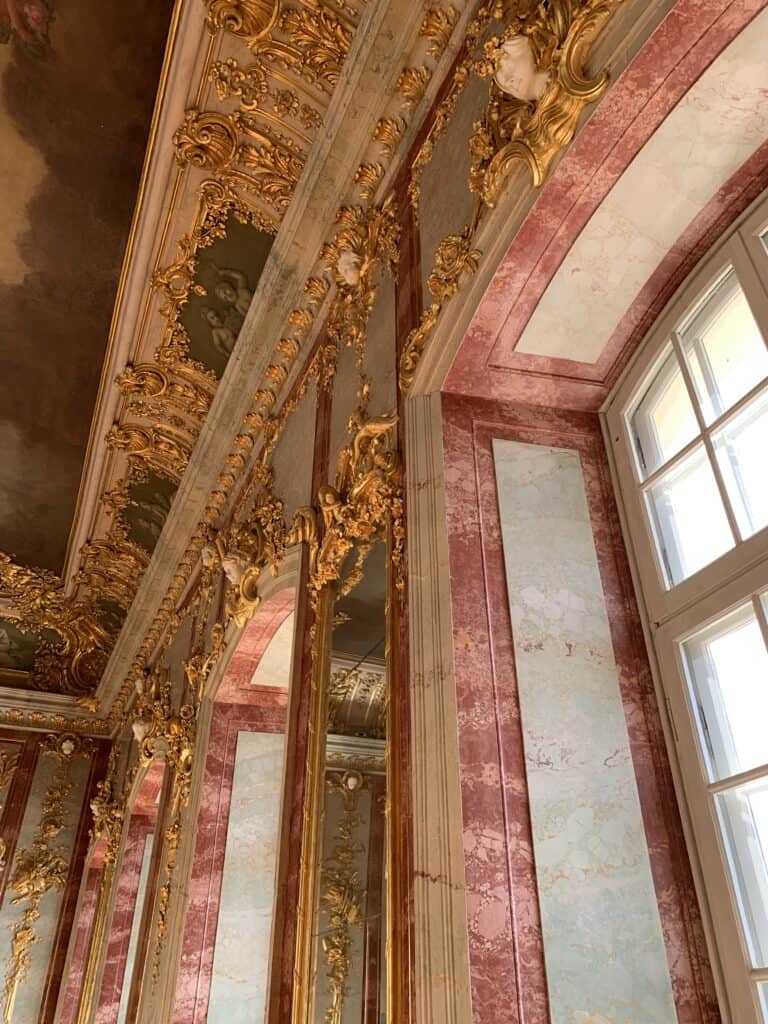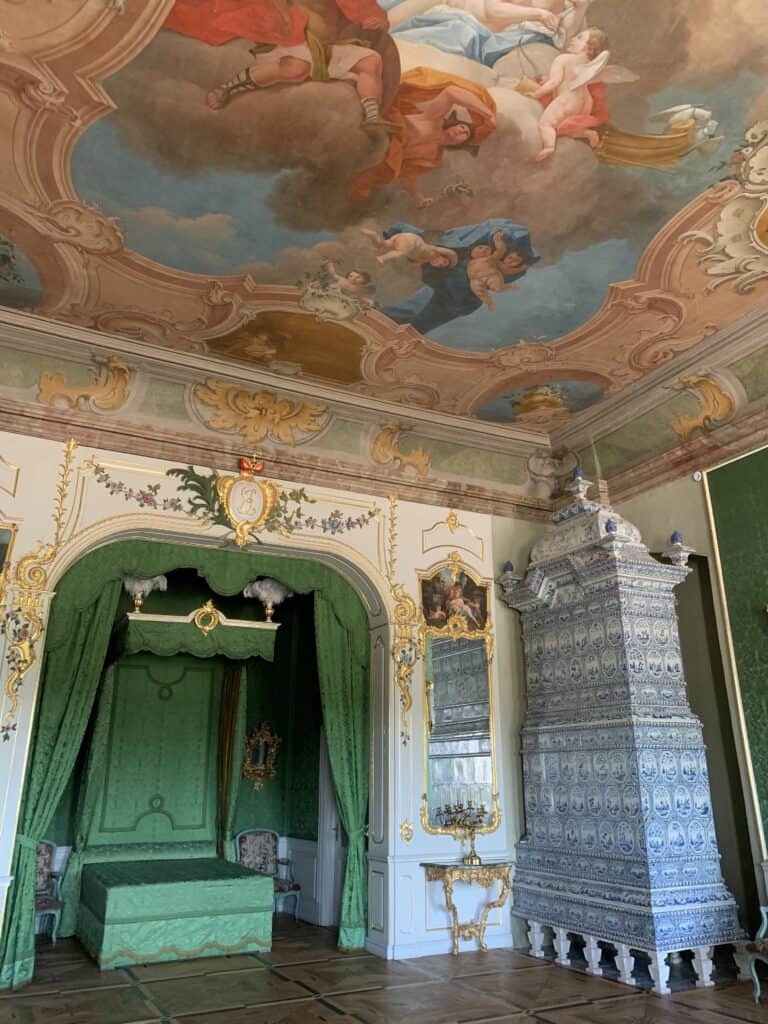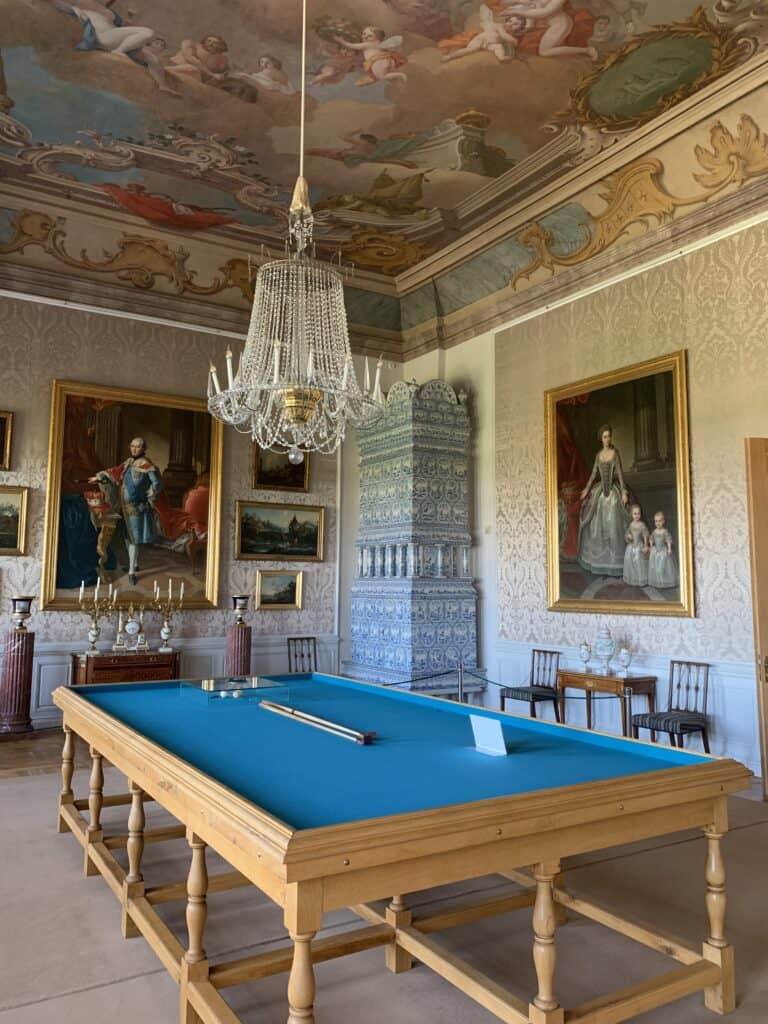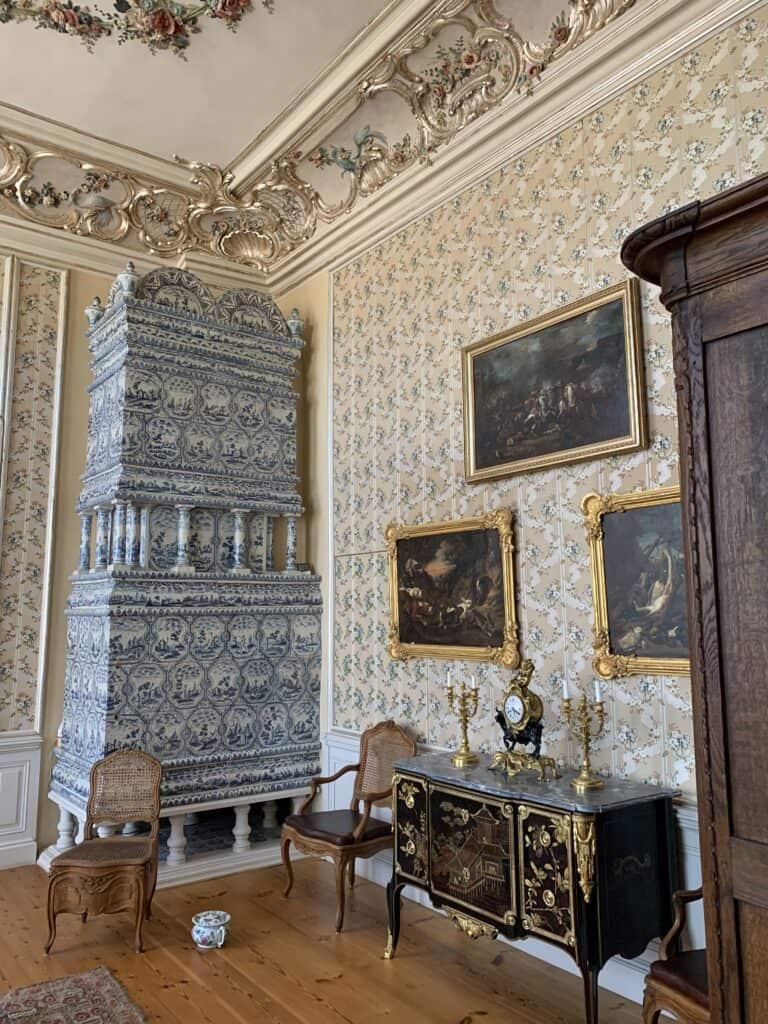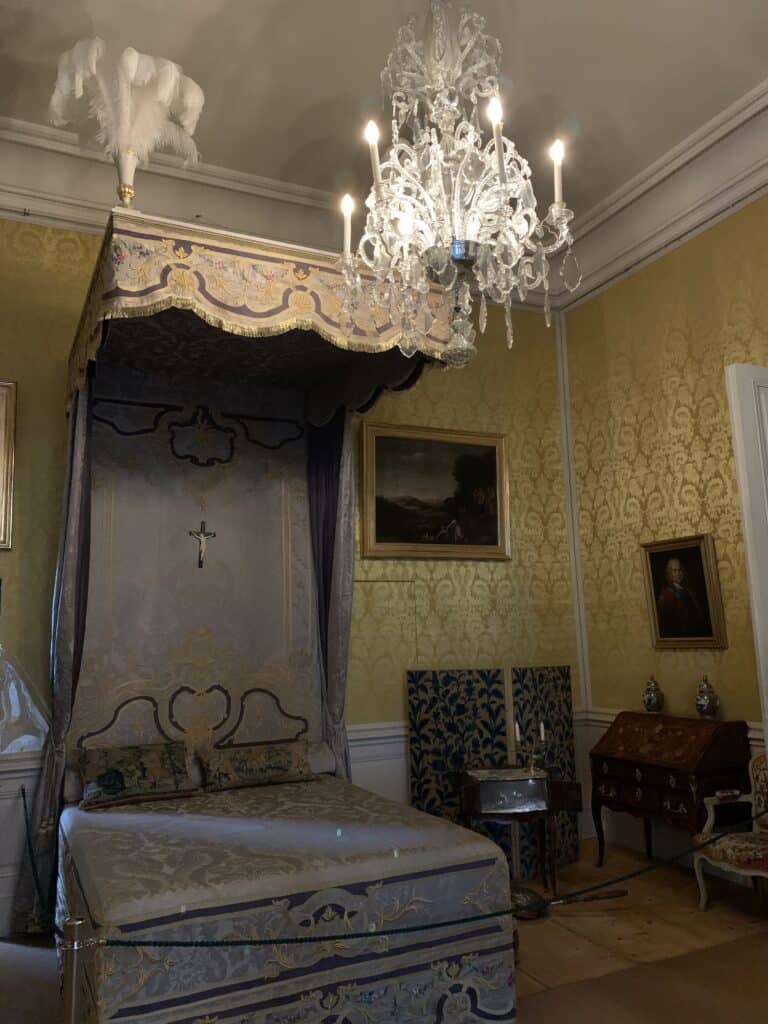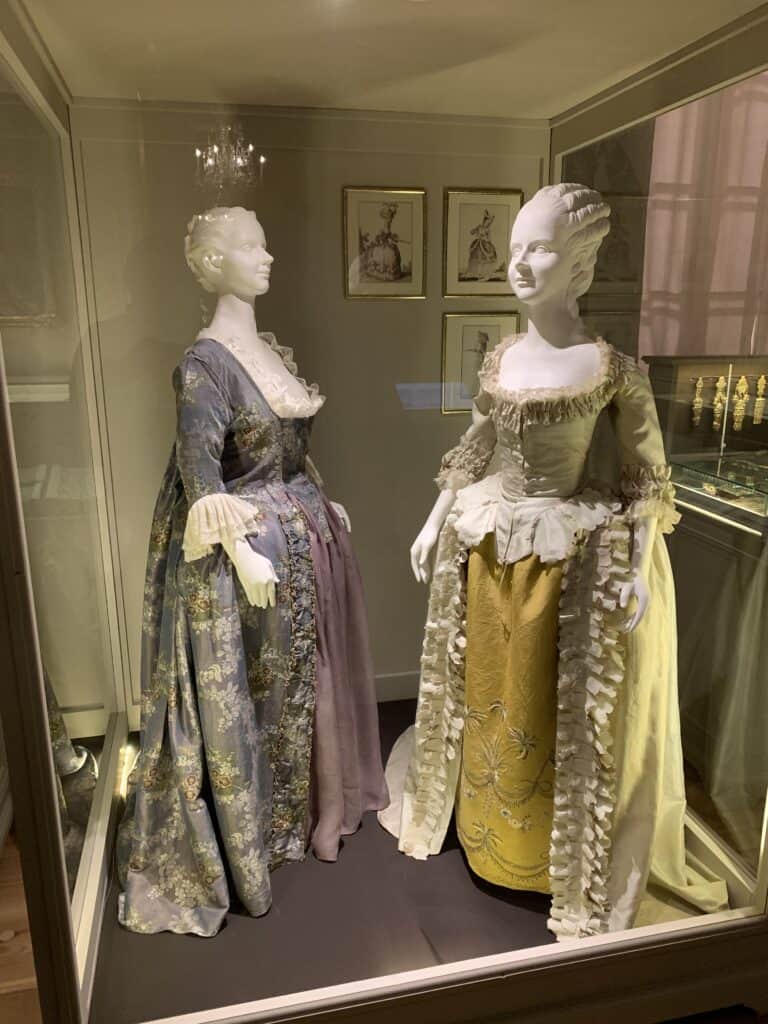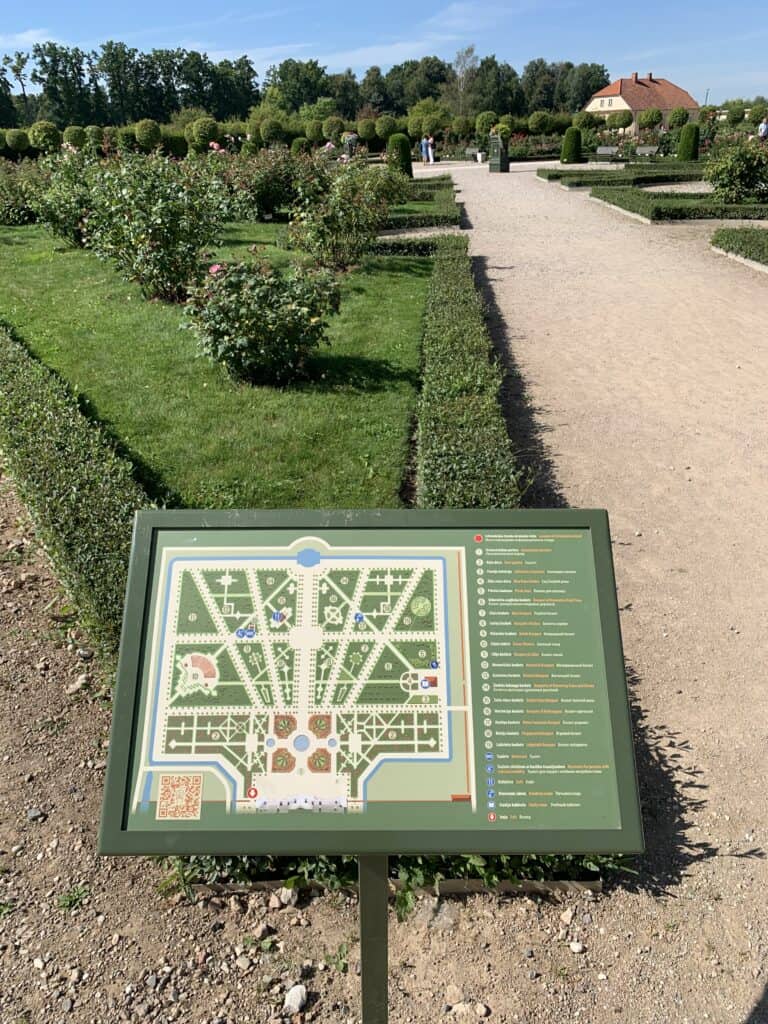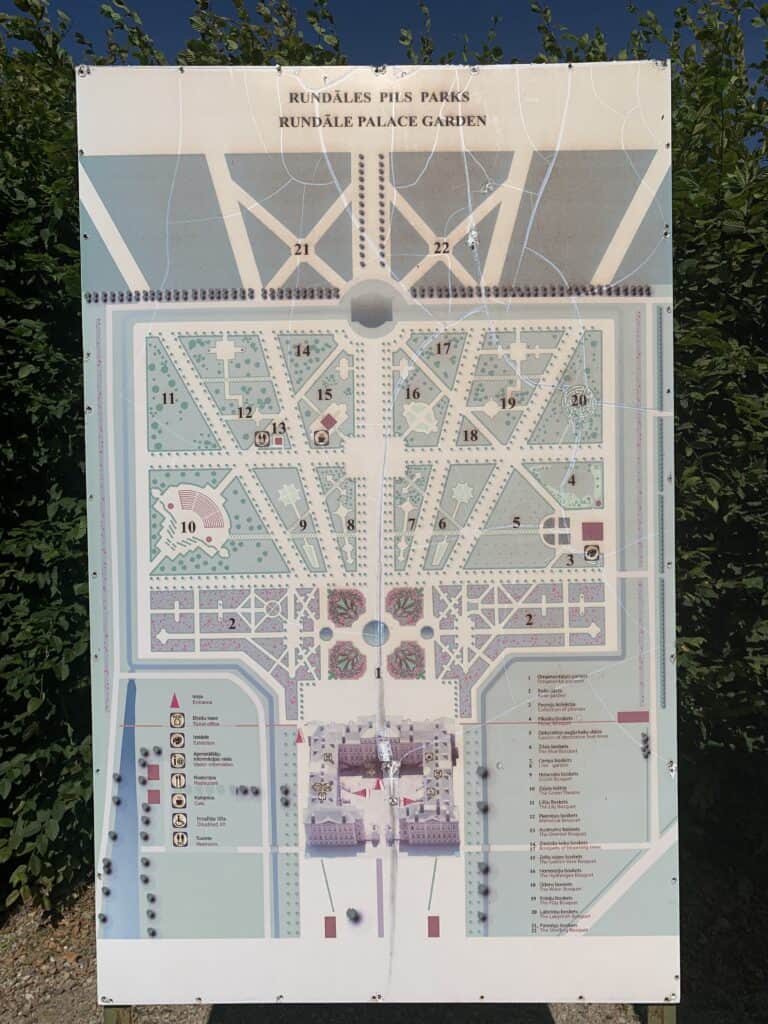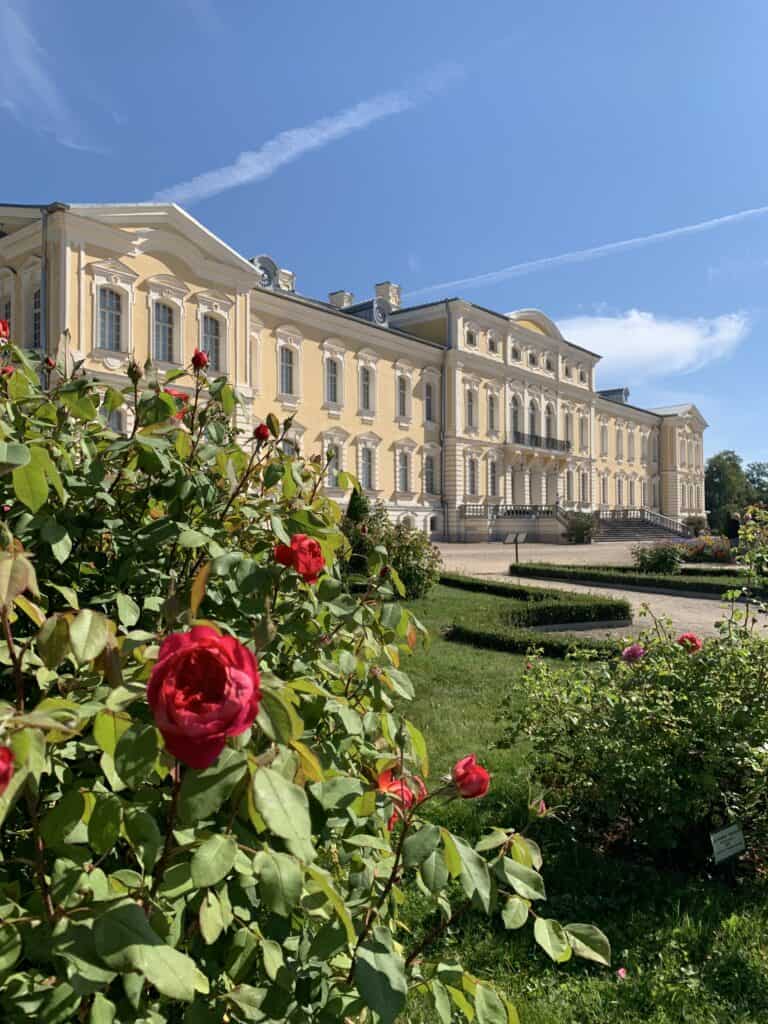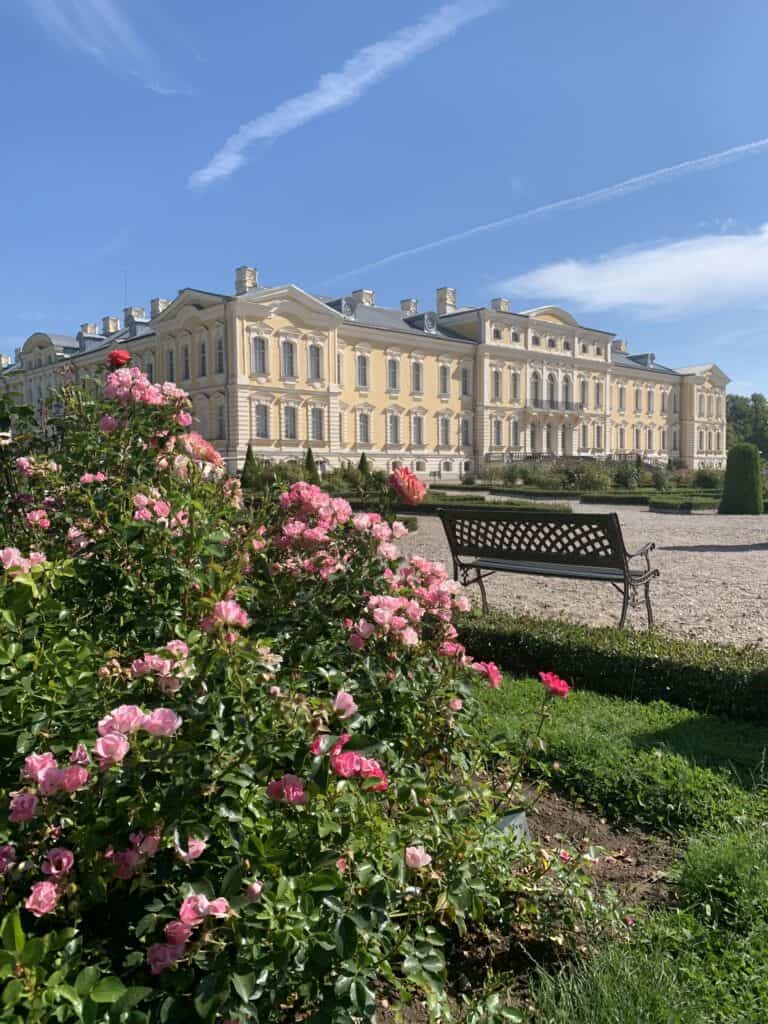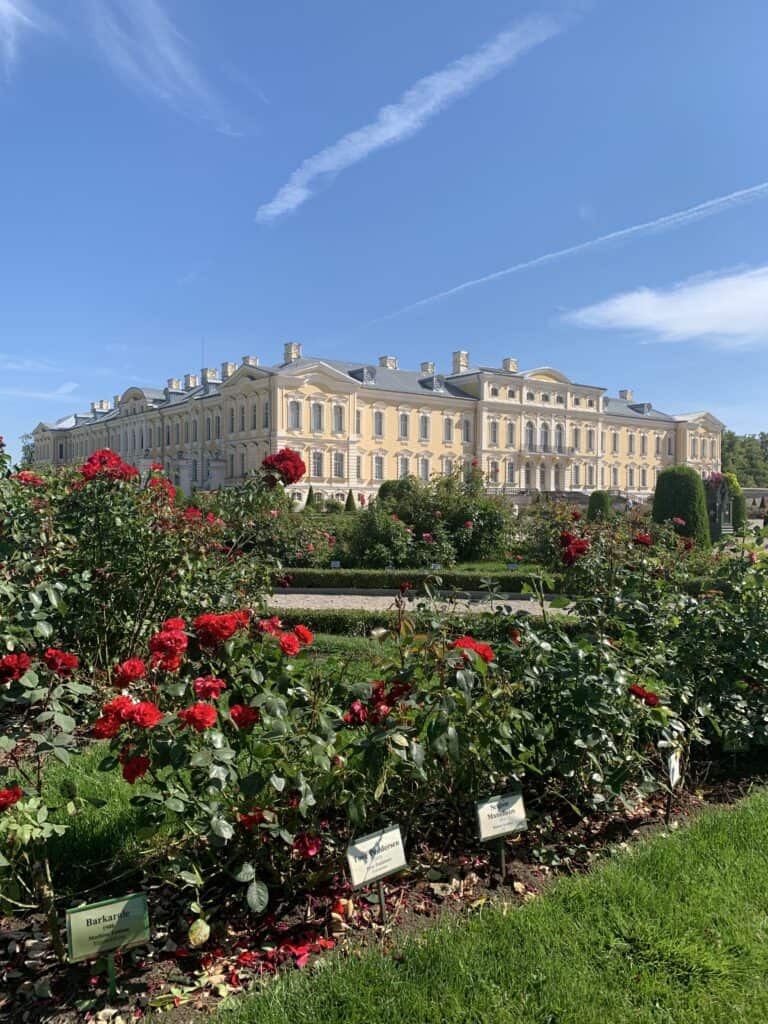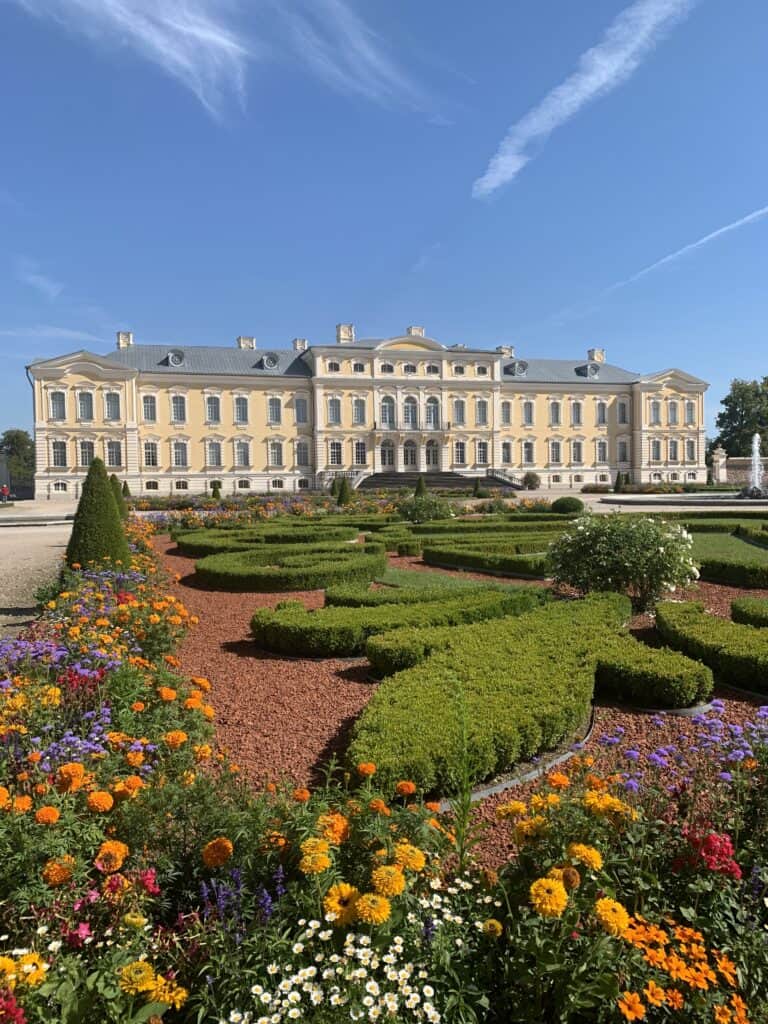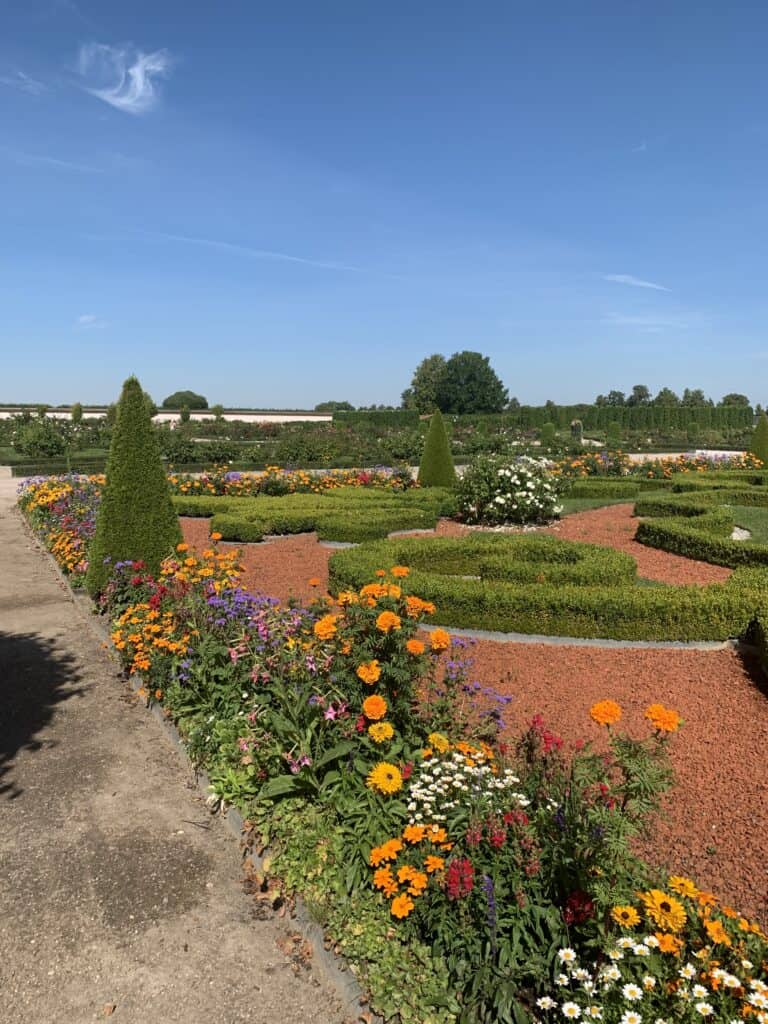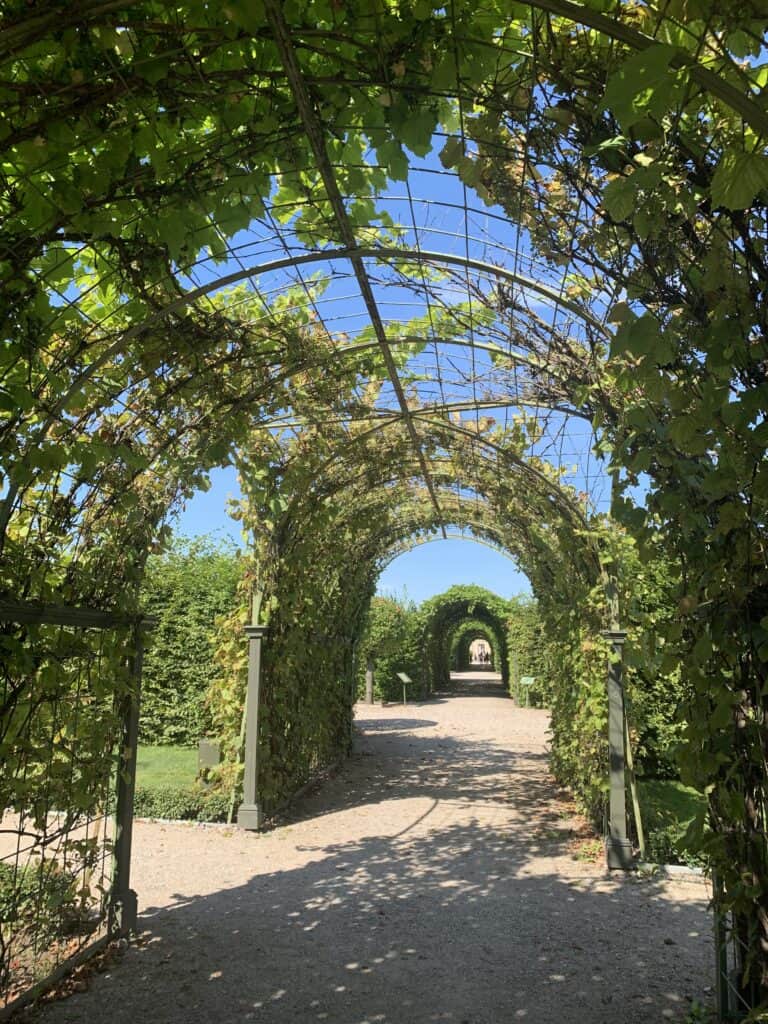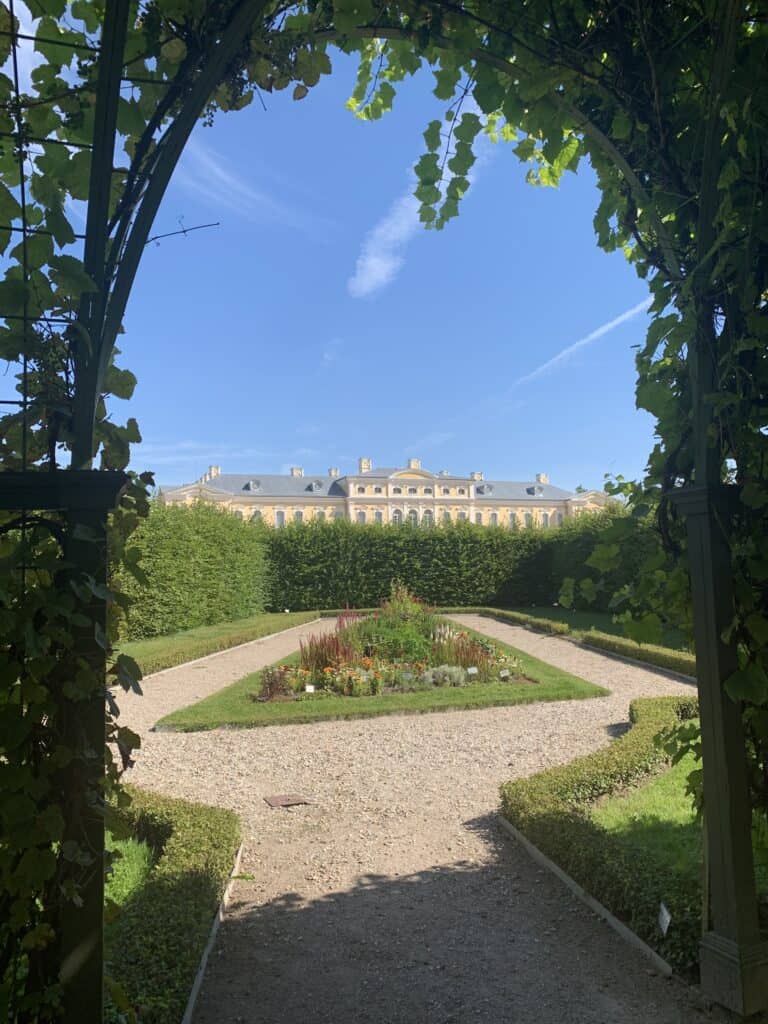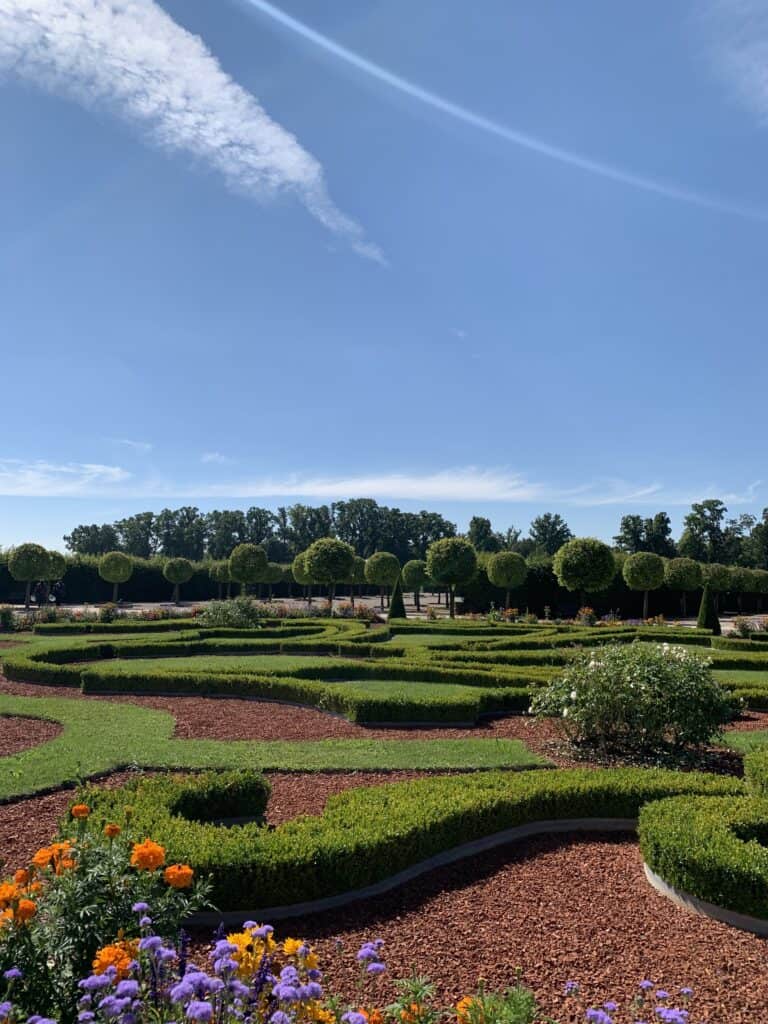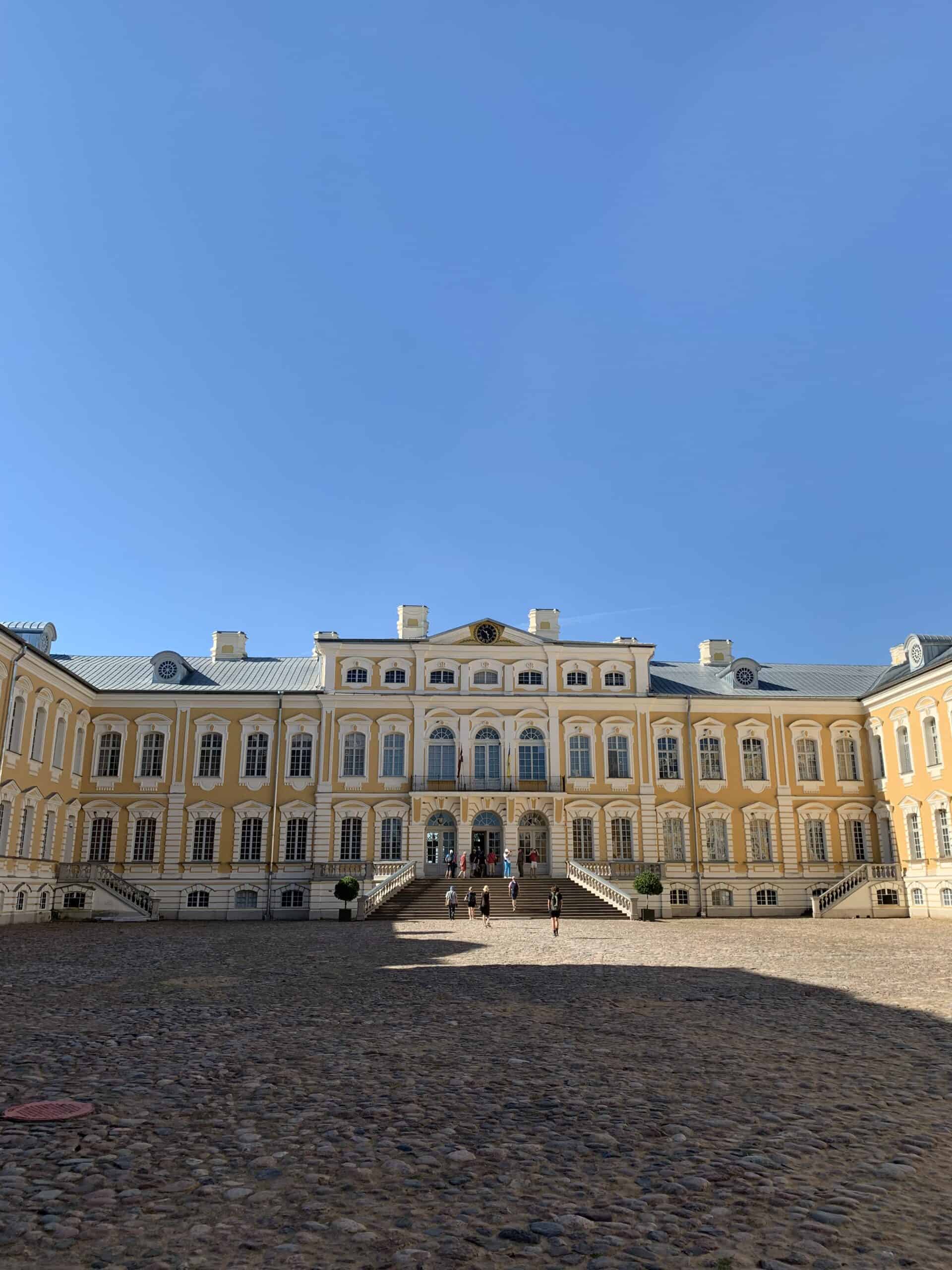
The territory where the Palace of Rundāle is located today until the fifteenth century was an uncultivated and poor region, within the properties of the Order of Livonia, on the border with Lithuania.
Duke Ernst Johann Biron was the favorite of Tsarina Anna of Russia and went down in history not only as the founder of the Palace of Rundāle but also as one of the most important and influential figures of the eighteenth century in the Russian Empire when in 1737 he became the new Ruler of Courland and moved to Rundāle the main seat of his Duchy. In 1716 the Duke commissioned the construction of the Palace to Francesco Bartolomeo Rastrelli, an Italian architect at the service of the Russian Empire.
The Palace had to be magnificent and recall the ideas with which Versailles was conceived.
On May 24, 1736 in a solemn ceremony the first stone of the Palace was laid but it was completed only in 1765.
During the Franco-Russian War of 1812 the Palace of Rundāle was looted, but already the following year the Palace was rearranged.
In July 1915 the events of the First World War also touched the Palace of Rundāle. German army placed the hospital and the general command here, but the greatest damage occurred in 1919 during the civil war that led the Palace to almost complete ruin. The agrarian reform introduced by the government of the newly independent Latvia in 1920 then led to the confiscation of the estate and part of the rooms were occupied by the local elementary school.
Palace was not damaged during the Second World War, but during the Soviet era the rooms of the Palace were used as granaries.
Only in 1972 was a museum of the Palace of Rundāle set up and the complete restoration of the Palace began.
In 1981, the eastern wing of the Palace, the Golden Hall and a part of the central wing with the Duke’s private apartments were opened to the public. Currently the Palace is visited every year by thousands of tourists from all over the world.

